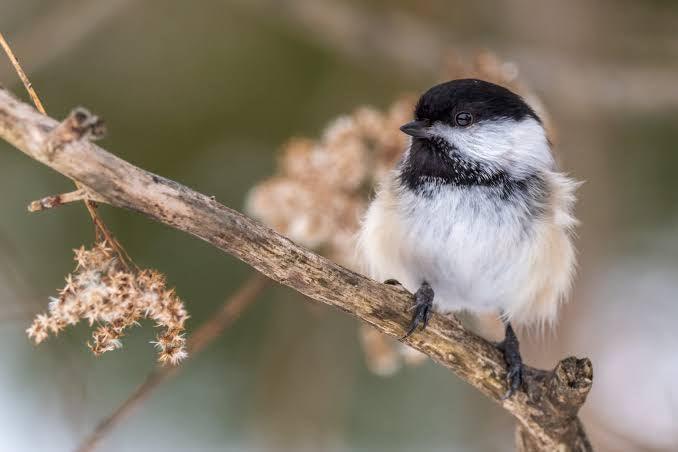(508) 695-0808

Black-Capped Chickadees! The Friendliest and Most Social Wild Bird!
Black-Capped Chickadees! The Friendliest and Most Social Wild Bird!
** disclaimer. This article is personal observations and read published articles.
In my own experience as a wild bird watcher, I have come to notice that the cheery chickadee is the most trusting and social of the wild birds that visit my backyard.
I am an avid lover of wildlife and feeding the birds in my backyard has been a joy for me.
I live in a quiet and wooded area in Massachusetts. Living here has afforded me the joy of watching all the wildlife, especially the birds who visit daily.
I, like anyone who feeds wild birds will get the typical visitors such as the beautiful Cardinal, the loud and pushy Blue Jay, the White Breasted Nuthatch, House Wren, and the Titmouse, amongst many others.
But Cheery Chickadee is always a favorite!
I can go to the feeders to replenish seed and the Chickadee will sit there and squawk at me but won’t leave! This is always a highlight for me. I still respect their space but am always entertained by their brave but friendly lingering and their warning to all other visitors!
Chickadees like seeds and fruit. Their Summer diet is mostly caterpillars and other insects such as spiders but they like berries too. Seed is thought to be only about 10% of their diet in summer months but up to 50% during the Winter months.
They are very adaptable to the food-finding success of other birds and then alter their behavior. About 20% of the Black-Capped Chickadee’s daily food intake comes from backyard feeders and the rest is from spiders and insects. The Chickadee will hide seeds from the previous season to support them during the Winter months.
I like to read something new to keep my knowledge base fresh so when we get calls from customers looking for information, I have something to share. Some fun facts that I have read about are that Chickadees mate for extended periods of time, up to several years. I did not know that. I knew the Cardinal mates monogamously for up to a year but was not aware of the Chickadee.
They are not known to migrate. Research has shown that when temperatures get below 10 degrees, the Chickadee’s survival rate almost doubled when it had access to bird feeders. Interestingly, have you noticed that the Chickadee is the first to your feeders in the morning? This is because the chickadee can gain 10% of its body weight during the day and lose it again over a Winters night.
I put out housing in my yard, Bluebird houses and general use houses. I always thought that the Chickadee used them but never actually saw a pair in one. But this year to my enjoyment I finally got a nesting pair. Although they are known to be cavity nesters, they will use your housing too! They will also excavate their own cavity in dead trees or in an abandoned Woodpecker hole. This seems to be, from what I have read, their most natural nesting choice. If you are interested in setting up housing for the Chickadee, the house below is the Stovall SP-1H, as an example. Made in the USA. This house is for the Chickadee as well as the Wren. I like to offer housing to suit different birds that seem to adorn my yard.
It is important for all wild birds to have water available. Not everyone can set up a birdbath with a heating element to keep water during cold weather but if you do, there are a wide variety of heated bird baths as well as heating elements to add to your existing non-heated bird baths.
Offering shelter, food and water is extremely important for bird populations wintering over. With decreases in bird populations, any help you can offer is appreciated!
You can contact me at 866-247-3743 or info@thebirdshed.com if I can assist you in any way. You can also visit our store at Thebirdshed.com.
In nature we trust!
Dianne

